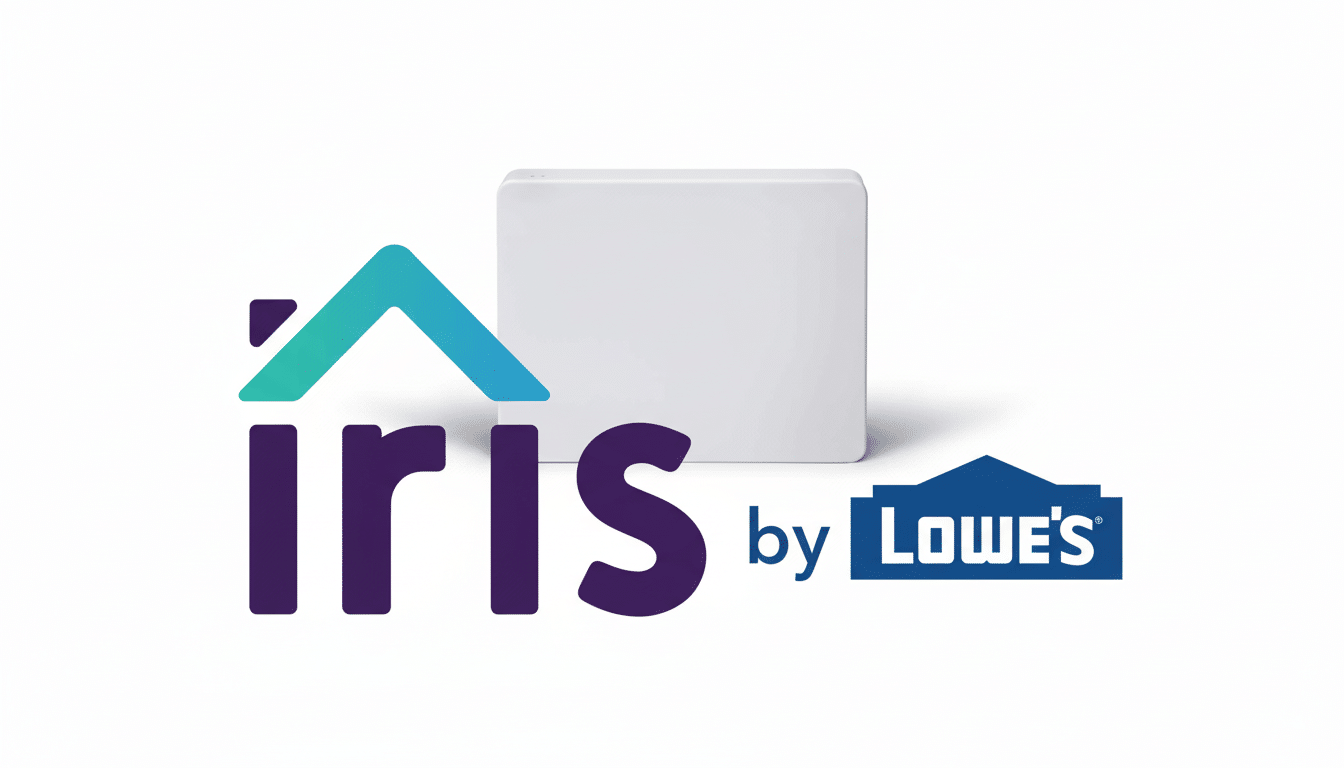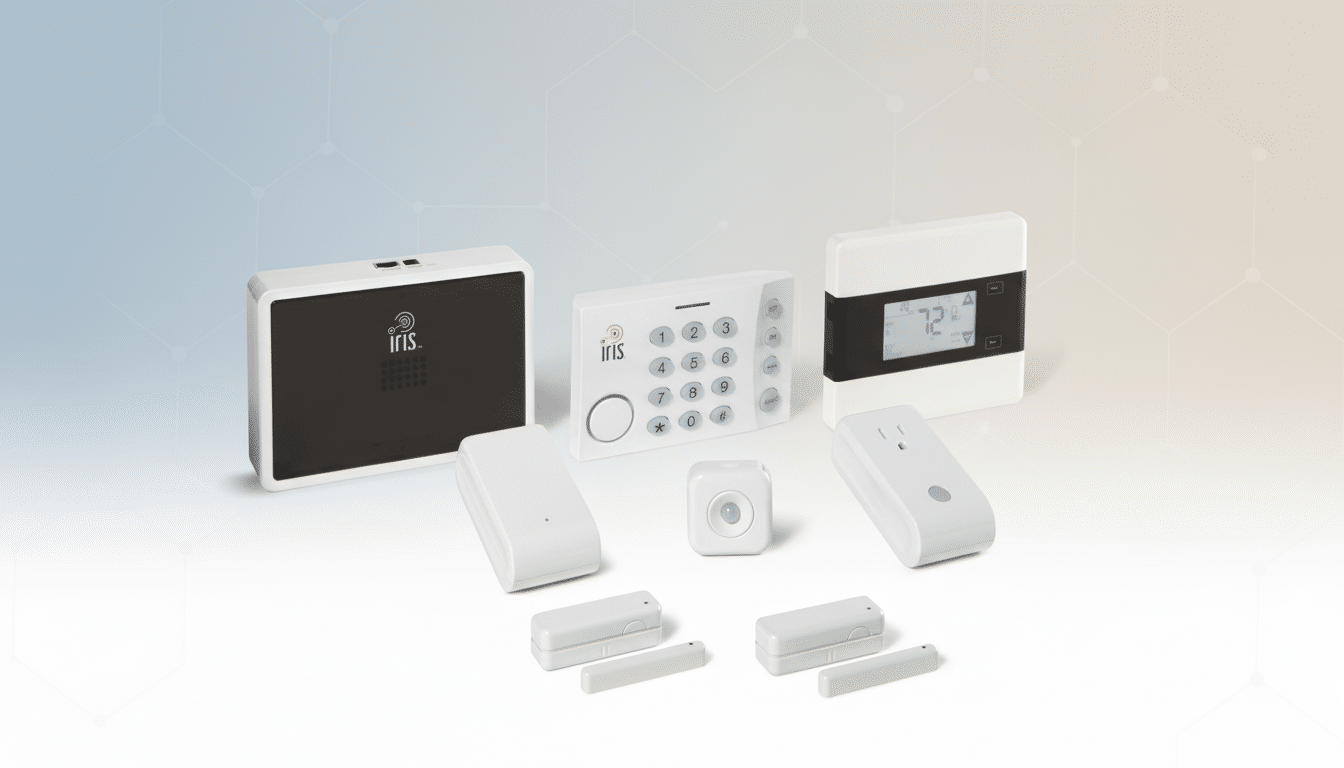I can’t imagine raising a family in a house where daily life is contingent on firmware updates. The idea of lights that feel my mood and appliances that talk to each other is cool, but the compromises — cost, complexity, and fragility — almost always outweigh the charm.
But there are plenty of people who swear by smart homes. If the whole thing leaves you cold, you’re not alone. If it turns you on, then you must have reasons beyond novelty. There’s a tension between skepticism and enthusiasm that says a great deal about what modern living requires of us.

Why Smart Homes Lead Some People to Feel Threatened
Adoption is broad but shallow. A slim majority of U.S. internet households own at least one smart home device, according to Parks Associates, but very few have a system that truly integrates across categories. Having one smart speaker does not turn one’s home into an automated house.
Trust is the sticking point. Smart ecosystems can feel brittle. Entire platforms have disappeared or shifted — or do you recall Iris by Lowe’s closing up shop, Wink introducing a subscription (which it has since paused), Insteon spontaneously going down and then coming back to life, or the “Works with Nest” changes that crippled your routines? Simply updating breaks a meticulously configured setup, even if brands do not come and go. It’s that frailty that makes already-shy buyers hang back.
Convenience Really Matters For Some Households
For caregivers and for anyone who has mobility or vision issues, hands-free control is far more than a parlor trick — it’s independence. AARP and other aging-in-place advocates add that voice-controlled lights, locks, and thermostats can lessen the risk of falls — and reduce caregivers’ stress levels as well. Doorbell cameras and smart locks can also assist families in controlling access without resorting to hiding keys under mats.
There’s a plausible efficiency narrative, too. The Environmental Protection Agency’s ENERGY STAR group reports that while certified smart thermostats cut heating and cooling costs by about 8% as a whole, utility demand-response programs are increasingly paying owners who let devices relax grid strain during peak hours. Water-leak sensors have saved many homeowners from catastrophic damage, and a handful of insurers, including State Farm and USAA, have offered premium discounts or credits for approved devices. These are not the sorts of gimmicks Mr. Russell is pulling to goose the box office just a bit more; these are quantifiable gains.
The Secret Costs Few Households Ever Budget For
Total cost of ownership is not just the sticker price. You are committing to time invested configuring networks, replacing bad sensors, and chasing app switches. The subscriptions then begin to sneak in, for cameras, storage, or more advanced automations. A “set-it-and-forget-it” home actually may require continuous tinkering — or a paid installer.

Security and privacy are perennial issues. NIST’s IoT guidance and the UK’s Product Security and Telecommunications Infrastructure rules nudge makers to use unique passwords and tell the world when their devices are found vulnerable, but this is not universally followed, notably where low-cost imports are concerned. Short support lifecycles mean e-waste and risk: If updates cease, your door lock becomes a long-term threat. Take into account whether a device has offline fallbacks and an explicit support horizon, not merely glitzy features.
How To Determine If Smart Home Tech Is Worth It
Start with outcomes, not gadgets. When your goals are things like accessibility, safety, or saving energy, then make purchases directly toward those results and measure whether they do. It’s fun to automate trivia; it’s transformational to automate high-friction or high-cost tasks.
Favor standards and local control. To address some of the latter, and further reduce lock-in, there’s the new Matter protocol from the Connectivity Standards Alliance, paired with its Thread networking. Local-first platforms like Home Assistant, Apple Home, and Hubitat will continue to have basic functions even when the cloud is having a hiccup. Find providers with update policies, a manual cutoff, and wider compatibility. Make sure you engineer an exit so that when your product dies, you won’t have to throw out the house.
Pilot before you proliferate. Automate one room or routine for 60 days, monitor the benefits over time, and enlarge it if it turns out to be worth doing. Save receipts, and choose technologies that still function in a “normal” mode when the smart layer breaks down. Your tolerance — more than your budget — will dictate the outcome.
My Bottom Line on Balancing Smart and Simple Living
I can’t even imagine living inside a software project with walls. Certain thoughtful upgrades — accent lights, a kitchen speaker, a streaming puck, a leak sensor — provide value without transforming the home into a help desk. That balance feels sane to me.
If you do live in one of these deeply connected homes, I really want to know. Was it energy savings, convenience, safety, or plain old fun that tilted the scale? “Why” should come before the next “buy.”

